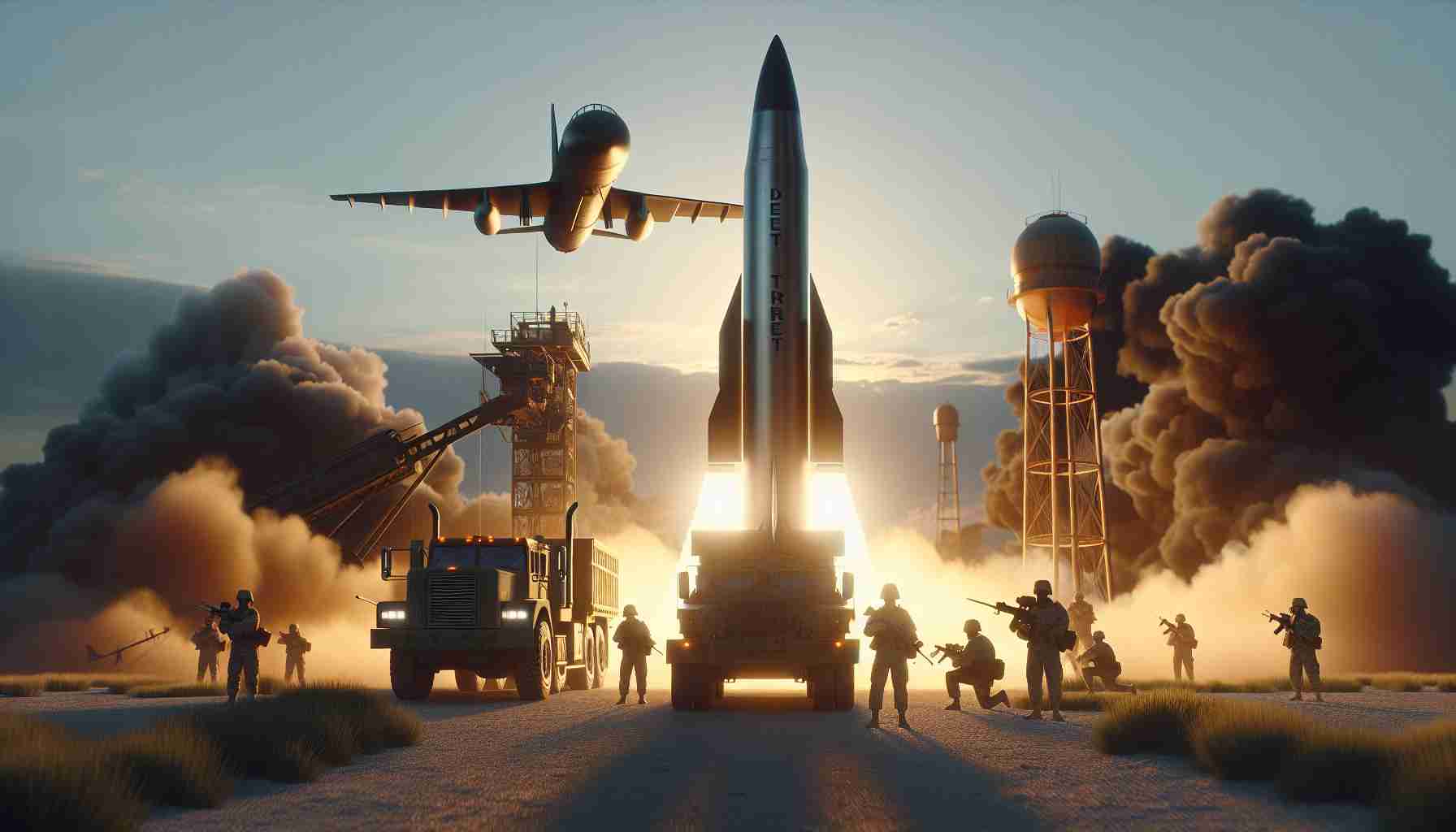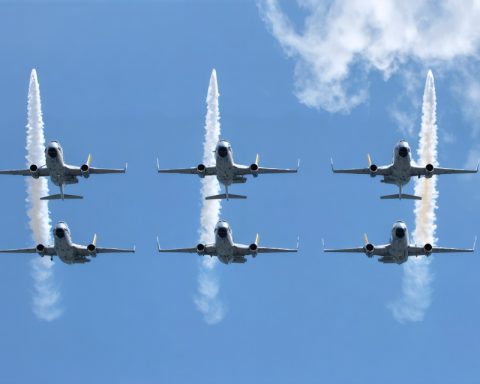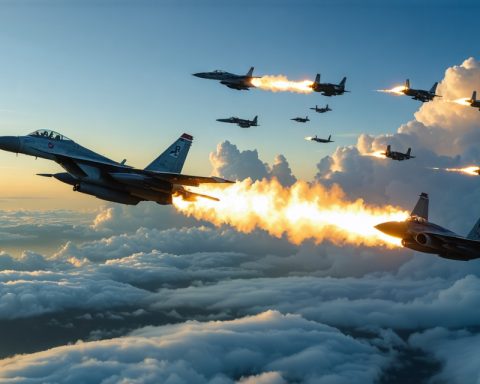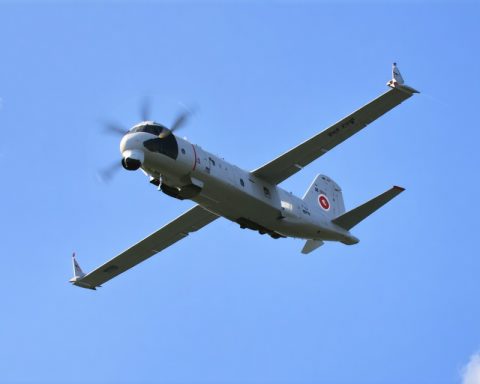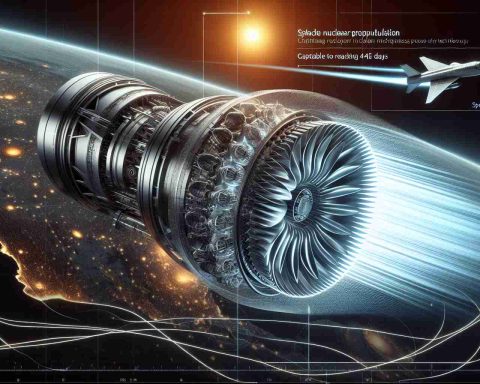In a striking development, Russia’s latest weapon, the Oreshnik hypersonic missile, has pushed NATO into a state of heightened alert. The missile’s effectiveness against which NATO currently has no defense has intensified fears across the alliance and escalated the conflict dynamics in Ukraine.
Heightened Tensions and New Attacks
Since the introduction of the Oreshnik missile in the conflict zone, Ukraine has responded with escalated military actions, targeting Russian territory with ATACMS missiles. On November 23, a significant attack involved the launch of five ATACMS missiles at a crucial Russian air defense site in the Kursk region, out of which two reached their target, resulting in damages and casualties. A subsequent attack on the Kursk-Vostochny airfield saw one missile breaching defenses and causing minor injuries and infrastructure damage.
Strategic Shifts and International Reactions
Amidst these developments, the United States openly admitted to a shift in its policy, granting Ukraine the go-ahead to use ATACMS on Russian soil. Admiral John Kirby emphasized this strategic change, confirming the U.S. support for Ukraine’s targeted offensives. In response, Ukraine has urgently called for a NATO–Ukraine Council meeting in Brussels to deliberate on bolstering air defenses.
The Road Ahead
The ongoing military escalation underscores NATO’s deepening concern yet firm resolve to prevent a Russian victory. Discussions about NATO deploying troops to Ukraine have resurfaced, echoing proposals previously mentioned by French President Emmanuel Macron. The unfolding scenario indicates a critical turning point in the conflict, as global powers evaluate their next strategic moves.
Russia’s Oreshnik Missile: A Game Changer in Military Dynamics?
Breaking Down the Impact of the Oreshnik Hypersonic Missile
The introduction of Russia’s Oreshnik hypersonic missile has significantly altered the dynamics of the NATO-Russia confrontation, posing a new threat that has spurred NATO into urgent strategic reassessment. Hypersonic weapons like the Oreshnik are known for traveling at speeds exceeding Mach 5, making them highly difficult to intercept with existing defense systems. This technology not only tests the defensive capabilities of NATO but also prompts an evaluation of existing military technologies.
Increased Strategic Complexity: Pros and Cons
The entry of hypersonic missiles into modern warfare introduces both significant military advantages and challenges. On the positive side, these missiles offer unparalleled speed and precision, making them formidable tools in military strategy. However, their near-invincibility poses severe defense challenges, underscoring the urgent need for advancements in global missile defense initiatives. For NATO, this situation creates a pressing impetus to innovate rapidly in defense technology or develop pre-emptive strategies to mitigate such threats.
How Do Hypersonic Missiles Work?
Understanding hypersonic missile technology is crucial to appreciating the strategic shifts it introduces. These missiles leverage advanced propulsion systems to achieve their high speeds, enabling them to maintain a lower flight path and reduce radar detection chances. Their unique trajectory also makes them less predictable, complicating defensive interceptions. As such, nations are increasingly focusing on developing technologies to either detect or neutralize these threats.
Security Concerns and International Stability
The deployment of hypersonic missile systems raises significant international security concerns due to their potential to bypass traditional defense mechanisms. Critics argue that these weapons could trigger an arms race, urging for global discussions and treaties to manage their development and deployment. The need for cooperative international security frameworks is more urgent than ever, advocating for diplomatic engagement to prevent further escalation.
Future Defense Innovations: What’s on the Horizon?
In light of these developments, defense industries and military organizations worldwide are investing heavily in research to counteract hypersonic threats. Innovations could include space-based sensors for advanced detection, electromagnetic railguns for interception, or directed energy weapons like lasers designed to neutralize incoming missiles. This race for technological supremacy underscores a critical evolutionary phase in global military capabilities.
NATO and Ukraine: Strategic Collaboration and Support
As tensions increase, NATO’s role is crucial in providing strategic support and advanced defense capabilities to Ukraine. The open acknowledgment of U.S. policy shifts to arm Ukraine with offensive capabilities marks a significant development, indicating heightened cooperation. The NATO–Ukraine Council meetings represent critical platforms to formulate cohesive strategies to enhance defensive postures and leverage collective resources for effective conflict resolution.
For further reading, you can visit the official link name to learn more about NATO’s strategic approaches and ongoing global security efforts.
